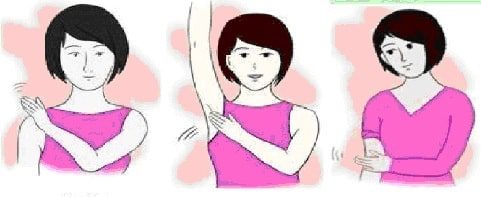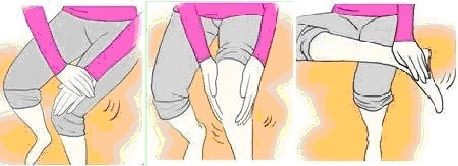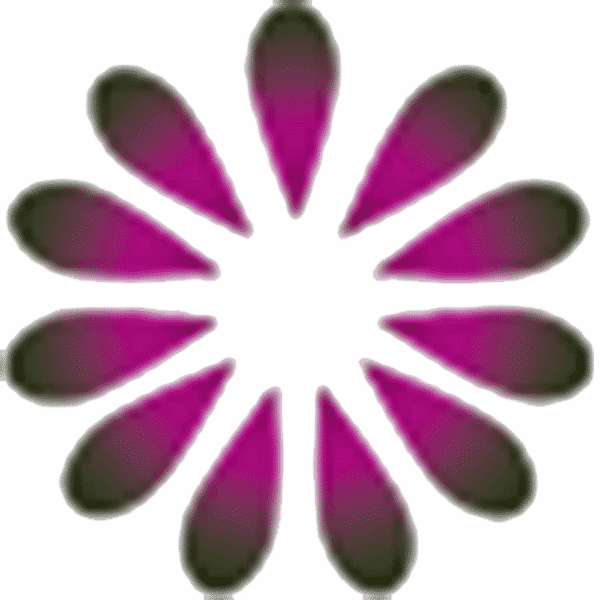

Figure 1 Figure 2 Figure 3 Figure 4



Figures 5 Figures 6 Figures 7


Figures 8 Figures 9 Figures 10
For health preservation, Paida is generally practiced in the following top-down order:
1. Paida the head (see Figures 1-4): First Paida the top, then left and right sides, followed by the front and back sides of the head. You may use one hand or both hands. Slapping the back of the head with one hand is more convenient. Then move on to slap on the back of the neck, eyes (closed), cheeks, mouth, and ears. You may feel warmth and/or numbness at the perineum and the soles of the feet when slapping on the head and the neck.
2. Paida the shoulders (see Figure 5): Use the left hand to slap on the right shoulder, and vice versa. Areas all around the shoulders (front, back, top and outer sides) are to be slapped.
3. Paida both arms, armpits and the inner side of the rib areas (see Figure 6).
4. Paida the elbow joints (see Figure 7): Slap on the inner side of each elbow, which covers the Heart, Pericardium, and Lung Meridians. Then slap on the outer side, which includes the Large Intestine, San Jiao (Triple Warmer), and Small Intestine Meridians.
5. Paida the back of each hand (see Figure 8): Put one hand on a knee with the back of the hand facing up, slap hard with the other hand. Switch hands afterwards.
6. Paida both buttocks (including the hip joints and surrounding areas), then slap the inner and outer sides of one thigh with both hands, and move on to slap the other thigh.
7. Paida the abdomen and the groins (root of the thighs), which may be slapped with hands, chopped with the sides of the hands, or beaten with fists.
8. Paida the knees (see Figure 9): Paida the front of the knees with both hands, covering an entire kneecap with a palm. Next, slap the inner and outer sides of a knee with both hands, and then move on to slap the other knee. Lastly, Paida the back of the knees, which may be done by opening the legs while being seated, or by bending down at the waist while standing and Paida them with both hands. You can also Paida each other in a group. For knee and leg problems, regardless of the many disease names, as long as there is sore, numb, painful, swelling or other sensations in the legs, this method is applicable. Those about to go for a surgery may get recovered through Paida, sparing them the need for a surgery. For better healing effect, combine Paida with Lajin.
9. Paida all parts of the feet (see Figure 10): This includes the tops and soles of the feet, the inner and outer sides of the ankles, as well as surrounding areas.
Note: For better healing effect, combine these Paida exercises with Lajin.


